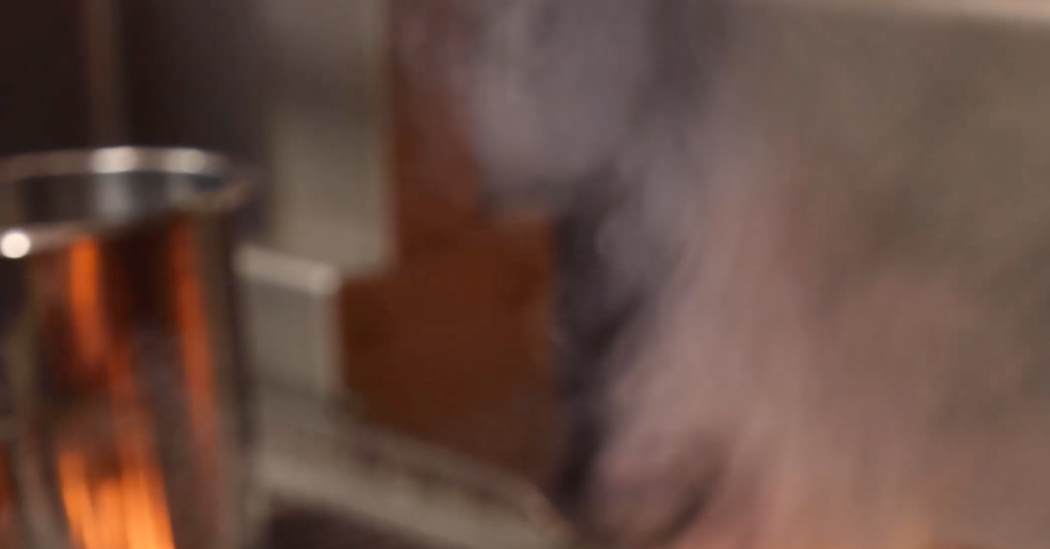
New York’s first steakhouses were dungeons. Or so they were called, with love, these basements and back rooms of the mid-1800s where men (and only men) perched on crates and ate beef and bread off barrels with sawdust at their feet and not a fork or knife in sight.
They were not proper restaurants, but provisional spaces commandeered for rough-and-ready banquets, where haves and have-nots made common cause over heart-stopping amounts of meat and ale. The cooking of the beef was straightforward: salt, pepper, fire, then a dunk in a bucket of melted butter.
No one pondered the breed of cow or grade of meat. (U.S.D.A. standards were not officially introduced until 1927.) The point was to wolf down as much as you could. “The life of the party,” the journalist Joseph Mitchell wrote in The New Yorker in 1939, was “the man who let out the most ecstatic grunts, drank the most beer, ate the most steak and got the most grease on his ears.”
What do we ask of a modern steakhouse? Can a steakhouse even be modern? Old-schoolers insist on gloomy woods, side dishes ranging from mash to purée that no camera could ever make beautiful, and stoic servers who register your existence as but a drop of rain in a vast ocean. Throw in memories of a mob murder and you will always have customers.
The latest entrants in the field are making a case for a more expansive approach. Over the past month, I checked in on three that have opened in Manhattan in the past year: Gui Steakhouse, off Times Square; La Tête d’Or, on lower Park Avenue; and Cuerno, in Midtown. Each attempts to bring a fresh perspective — Korean, French, Mexican — to this peculiarly American institution. (More steakhouses are coming later this fall, leaning Basque, Italian and Thai.)
In theory, a steakhouse is like a sestina, a constrained and repetitive poetic form whose very rules can be, paradoxically, liberating. In practice, a new steakhouse almost always makes me miss an old steakhouse.
A Global Tour
At Gui Steakhouse, the chef Sungchul Shim wet-cures prime rib overnight with nuruk, a culture of fermented grains, then rubs it with shio kombu, shreds of kelp simmered in soy sauce and dried until its sugars and glutamates rise to the surface, powdery white and briny-sweet.
But when I visited, other dishes showed less finesse, like a mini Japanese-style sando with squelchily fatty A5 Wagyu and dolsot bibimbap missing the trademark scorched bottom of the rice.
France is mostly a state of mind at Daniel Boulud’s La Tête d’Or. The restaurant is one of the most gorgeous in New York, all burnish and heaven-high ceiling. It’s disconcerting, then, when the soundtrack veers from bossa nova to “Sailing” to “Maneater.”
There’s truffle-drunk sauce Périgourdine for the steaks, and a so-called French wedge with smoked beef tongue sliced very thin, which will make you miss lardons and their chewy, juicy carnal sweetness. Beyond that, the menu is geographically agnostic: heirloom tomatoes topped with dainty falafel, a preordained Dubai chocolate soft-serve sundae.
Still, the precision of a French kitchen is evident in the 34-ounce porterhouse, each side perfected (as it should be for $260), the filet unexpectedly robust and the sirloin’s smack like a drawn sword. Prime rib trolleys swivel past — “Midtown traffic!” a server calls out — and horseradish rains down on meat plush and ruby all the way to the ink-dark edge.
Cuerno, the first U.S. outpost of a Mexican restaurant group, is the most fun of the three, perhaps because it’s the least beholden to the genre. For the chef, Oriol Mendívil, the focus is carne asada, which in northern Mexico is both food and event. Sun slants through tall windows over bare wood tables and generous booths; on a ceramic-tile mural, a grinning skeleton rides a bull.
But the rest of the menu demands attention, too. I was delighted by the hamachi, flaring with tiny smoky-hot chiltepín chiles, and the crisped octopus, and above all the taco richi: broody cuts of rib-eye and a lush simmer of pork cracklings on a flour tortilla bronzed with cheese, not so much melted as seared into it like a brand.
Afterward, a server arched a brow. “How was it?” And answered himself, rightly: “No words.”
A New Gilded Age
A few years ago, the world seemed to be turning away from beef. Consumption was down, even in the United States, where red meat and red-bloodedness are built into the fantasy of our national character. Now it’s back, with six billion pounds sold last year and the market for alternative meats in decline.
This, despite the fact that beef prices are at an all-time high. During the last presidential election, Donald J. Trump suggested that Kamala Harris wanted to get rid of the nation’s cows; now drought in the Midwest is doing just that. According to the Department of Agriculture, domestic cattle bred for beef numbered 28.7 million as of July, a historic low.
But for some privileged diners, the more expensive a food, the more desirable. What are porterhouses and tomahawks but the culinary equivalent of superyachts?
And so steakhouses keep opening, a reliable formula in a precarious business, catering to what the former New York Times restaurant critic Ruth Reichl has described as a new, gleefully exclusionary Gilded Age of “unaffordable elegance.”
Or — and maybe it would be kinder to think so — the hunger for these places is a post-traumatic response, a desire to splurge after pandemic privations, grab more than we need, stuff ourselves silly. To hoard pleasure, before everything is taken from us again.
Gui Steakhouse 776 Eighth Avenue (47th Street), Times Square; 646-329-5929;
guinyc.com
La Tête d’Or 318 Park Avenue South (23rd Street), Midtown South; 212-597-9155; latetedorbydaniel.com
Cuerno 1271 Avenue of the Americas (50th Street), Midtown; 332-269-0094; cuernony.com



